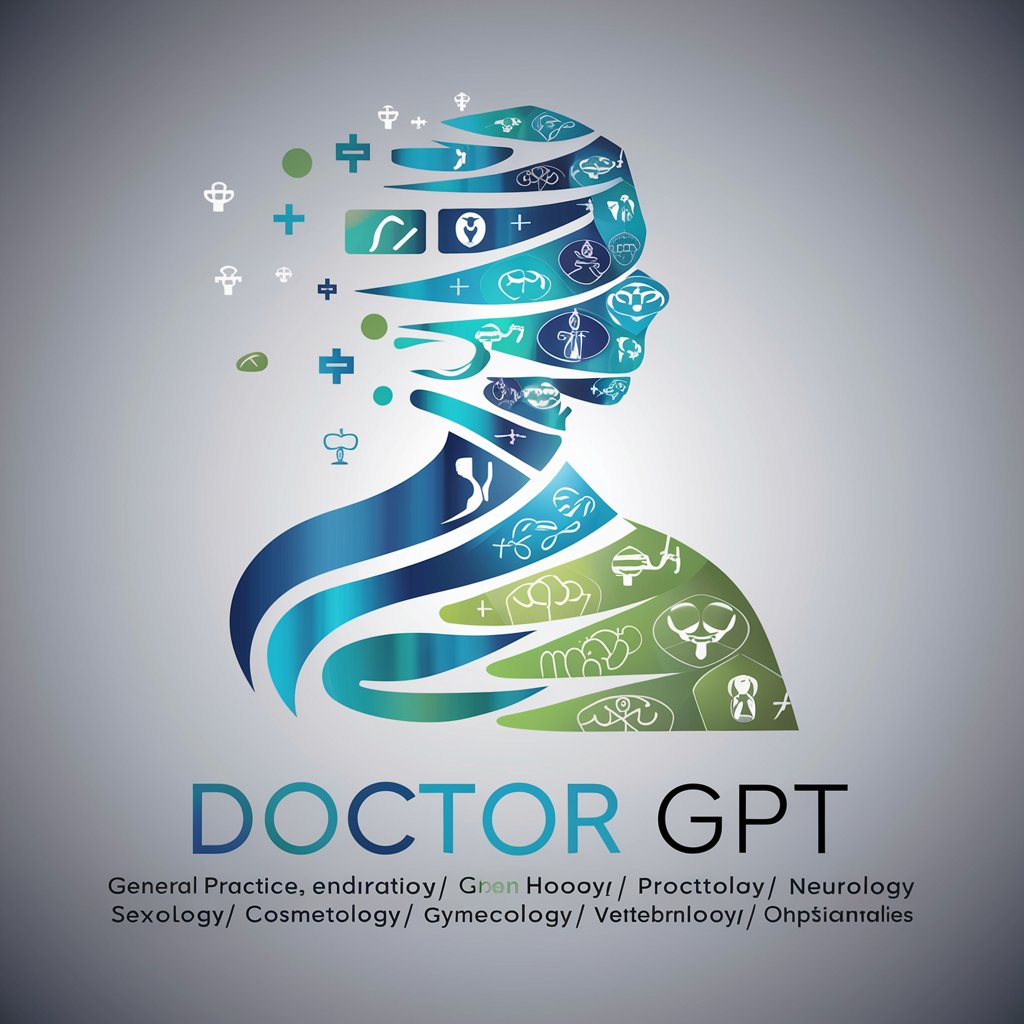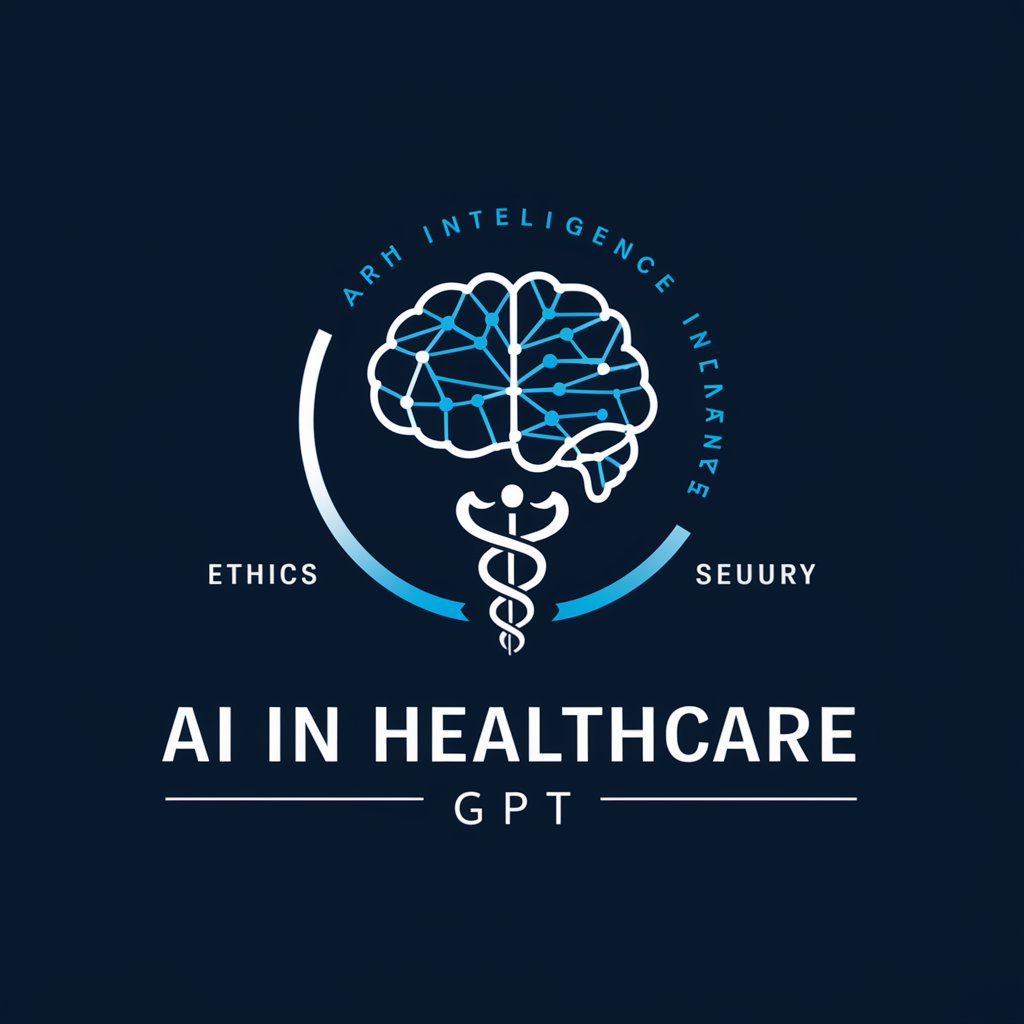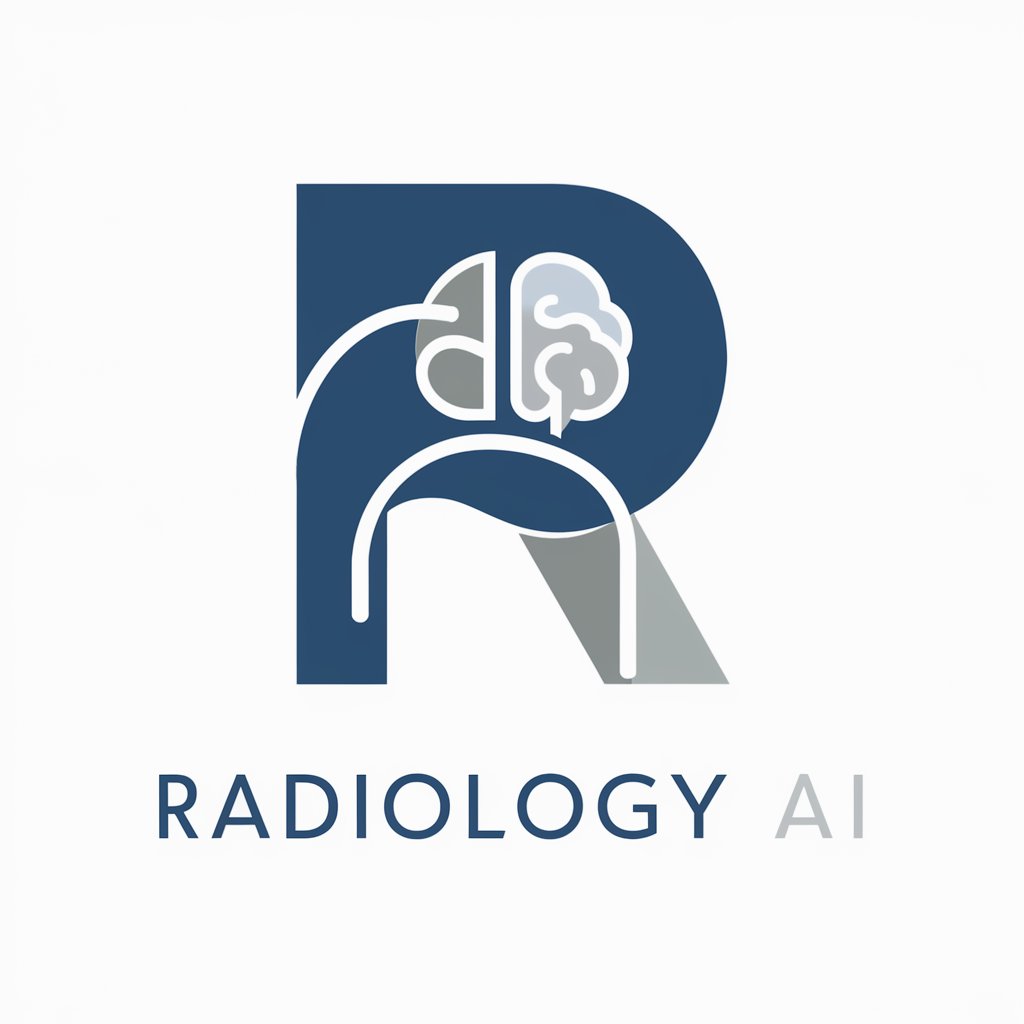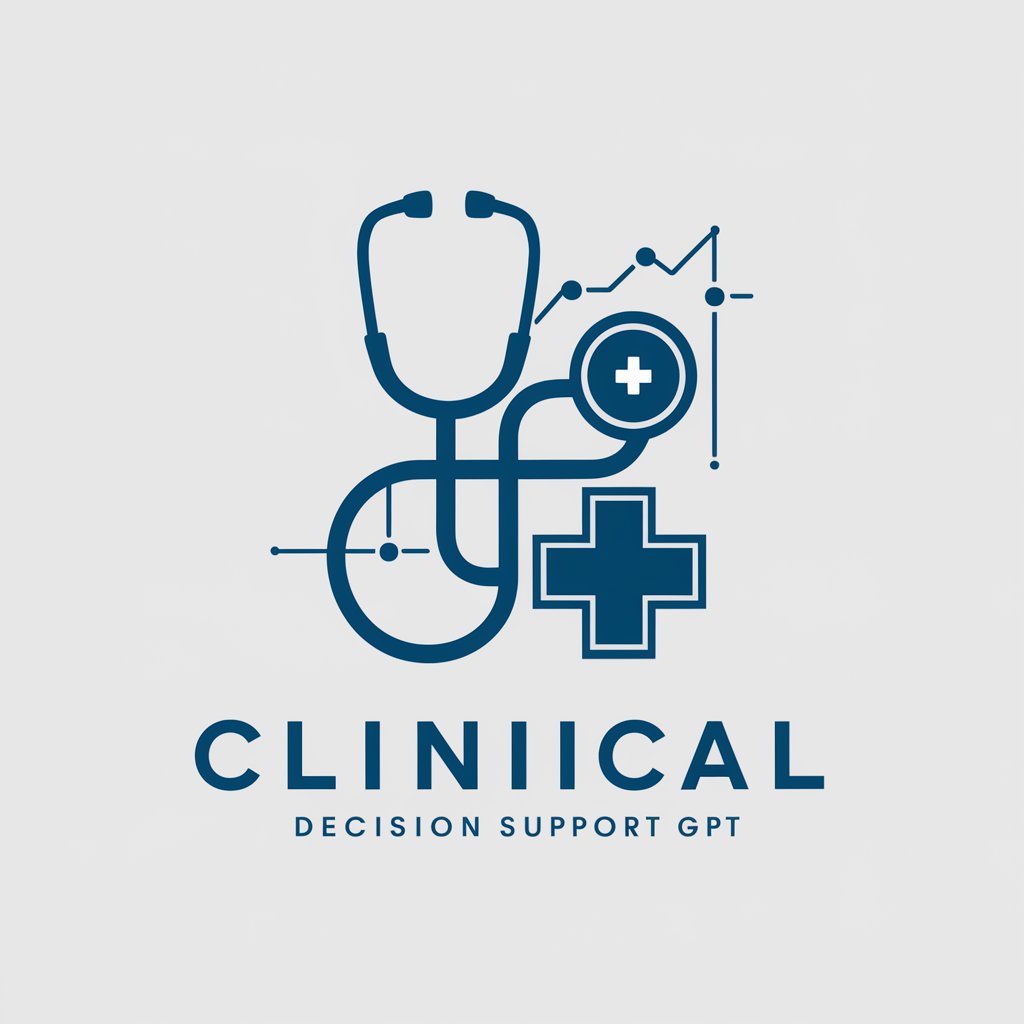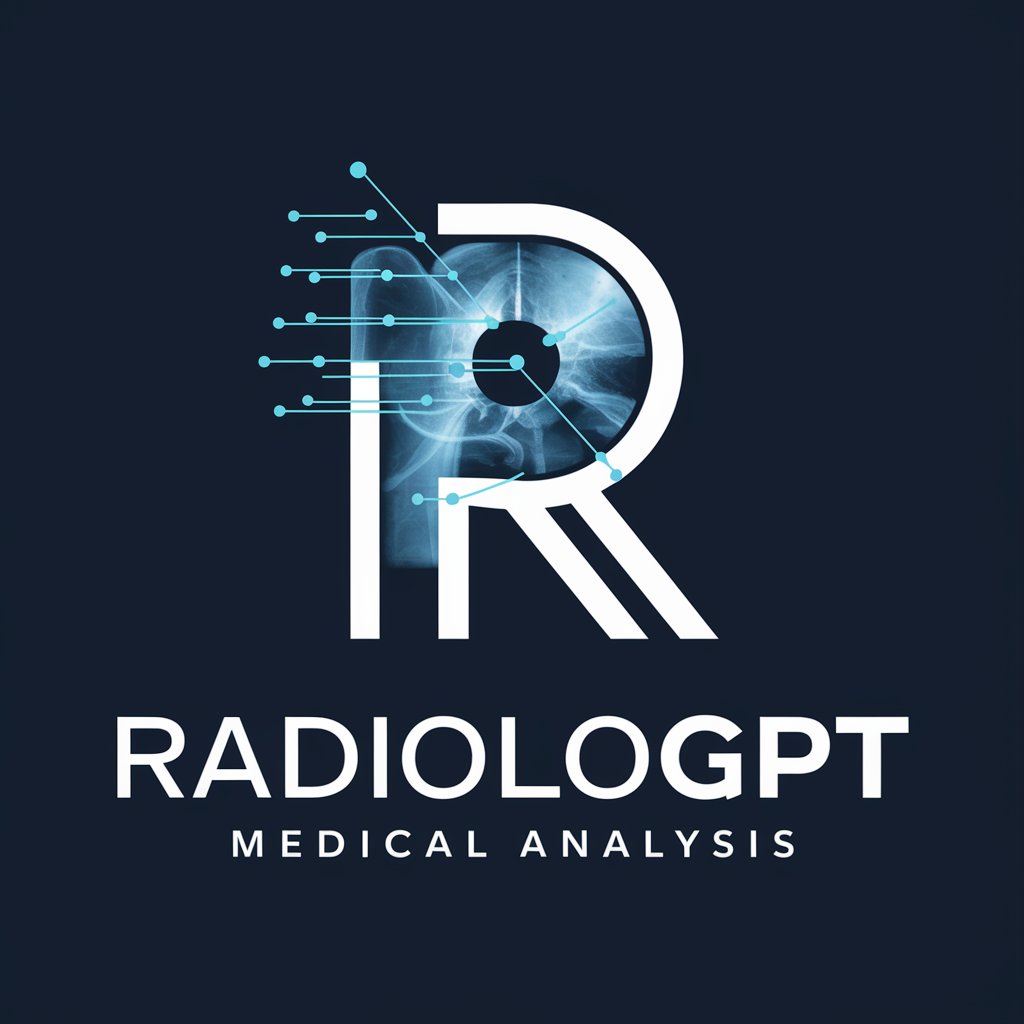
AI for Medical Imaging GPT - AI-powered Medical Imaging Analysis
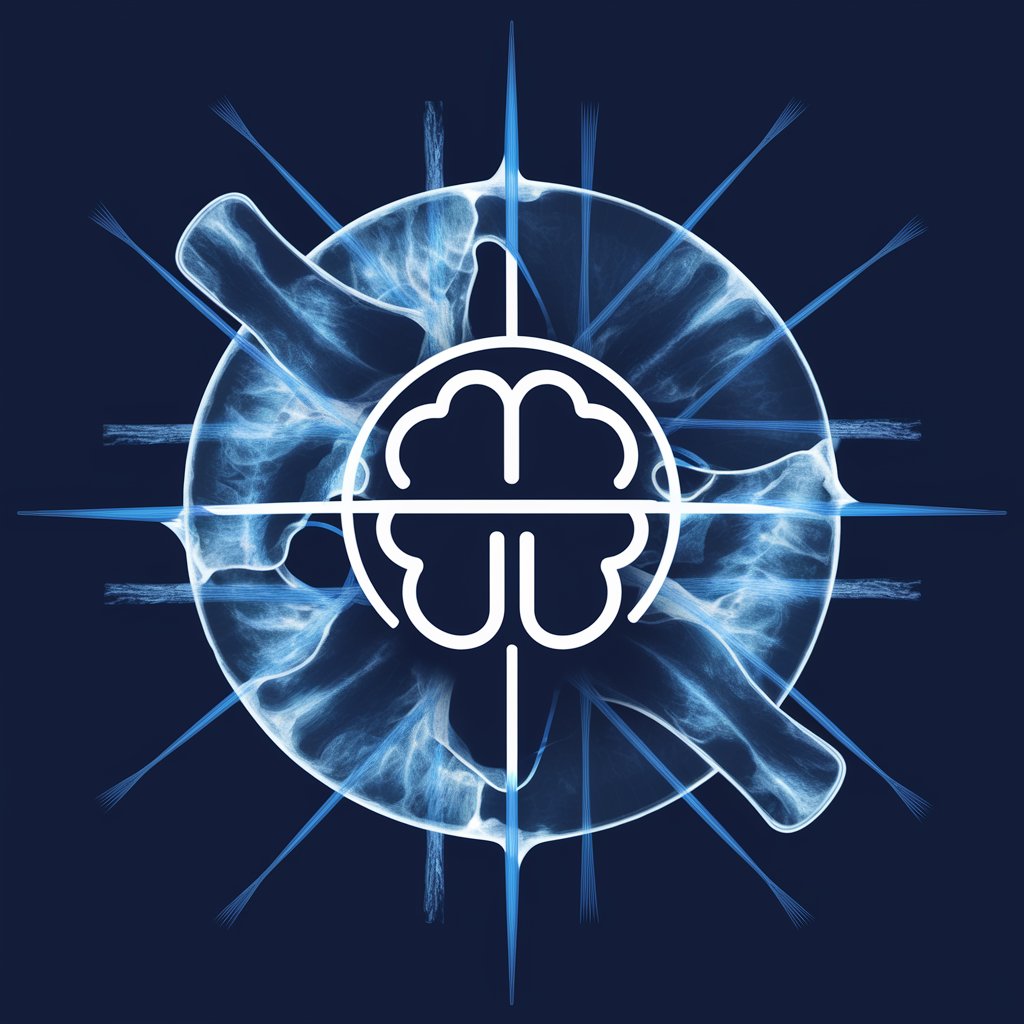
Welcome! How can I assist you with medical imaging and AI today?
Revolutionizing Medical Imaging with AI
Explain the difference between 2D and 3D medical imaging techniques.
How can machine learning be applied to analyze MRI scans?
What are the benefits of using ITK and SimpleITK in medical image processing?
Can you provide an overview of a machine learning pipeline for medical imaging?
Get Embed Code
AI for Medical Imaging GPT: An Overview
AI for Medical Imaging GPT is a specialized artificial intelligence model designed to assist in the analysis, interpretation, and management of medical images. Leveraging advanced machine learning algorithms and deep learning techniques, this GPT focuses on enhancing the efficiency, accuracy, and insights gained from medical imaging studies. It is adept at handling a wide range of imaging modalities, including but not limited to X-rays, MRI, CT scans, and ultrasound images. The core purpose of AI for Medical Imaging GPT is to support healthcare professionals in diagnosing diseases, planning treatment, and monitoring patient outcomes by providing detailed analyses, predictions, and visualizations. For example, it can automatically segment tumors from MRI scans, predict the progression of diseases such as Alzheimer's from PET scans, or assist in the planning of surgical procedures by providing detailed 3D models of anatomical structures. Powered by ChatGPT-4o。

Core Functions of AI for Medical Imaging GPT
Image Analysis and Interpretation
Example
Automated detection of fractures in X-ray images.
Scenario
In emergency departments, AI for Medical Imaging GPT can rapidly identify fractures in X-ray images, reducing wait times for patients and assisting radiologists in prioritizing cases.
Disease Progression Prediction
Example
Predicting the development of diabetic retinopathy from retinal images.
Scenario
Ophthalmologists use AI for Medical Imaging GPT to assess retinal images for early signs of diabetic retinopathy, enabling early intervention and potentially preventing vision loss.
3D Reconstruction and Visualization
Example
Creating 3D models of the heart from CT scans for surgical planning.
Scenario
Cardiac surgeons utilize AI for Medical Imaging GPT to generate detailed 3D models of patients' hearts from CT scans, aiding in the precise planning of surgical interventions.
Automated Reporting and Documentation
Example
Generating structured reports from MRI findings.
Scenario
Radiologists leverage AI for Medical Imaging GPT to automatically generate detailed, structured reports from MRI findings, streamlining workflow and ensuring consistency in documentation.
Who Benefits from AI for Medical Imaging GPT?
Healthcare Professionals
Radiologists, surgeons, and other medical specialists benefit from AI for Medical Imaging GPT by receiving assistance in image interpretation, diagnostic decision-making, and surgical planning. This technology enhances their ability to diagnose accurately, plan treatments, and monitor patient outcomes efficiently.
Medical Researchers
Researchers in the field of medical imaging and diagnostics use AI for Medical Imaging GPT to analyze vast datasets for patterns and insights, facilitating the development of new diagnostic methods and treatments.
Healthcare Institutions
Hospitals and clinics leverage AI for Medical Imaging GPT to improve patient care quality, reduce diagnostic errors, and optimize the use of imaging resources. This technology supports the institution's goals of delivering high-quality, efficient healthcare services.
Medical Imaging Technologists
Technologists and technicians who operate medical imaging equipment benefit from AI for Medical Imaging GPT by gaining tools that assist in the acquisition of high-quality images and preliminary analysis, ensuring that the imaging studies are conducted efficiently and effectively.

Using AI for Medical Imaging GPT
Start Your Journey
Begin by visiting yeschat.ai to explore AI for Medical Imaging GPT with a free trial, no login or ChatGPT Plus subscription required.
Identify Your Needs
Determine the specific medical imaging challenges or questions you need assistance with, whether it's image analysis, diagnosis support, or dataset augmentation.
Explore Features
Familiarize yourself with the tool's capabilities, including image recognition, segmentation, anomaly detection, and data annotation, to leverage its full potential.
Engage with the AI
Interact with the AI by inputting your medical imaging queries or uploading images, if supported, to receive analysis or advice tailored to your needs.
Apply Insights
Utilize the insights and recommendations provided by AI for Medical Imaging GPT to inform your research, improve diagnostic accuracy, or enhance medical imaging technologies.
Try other advanced and practical GPTs
!AI Translator!
Bridging Languages with AI Power

Intention Guide Plus
Empowering Your Growth with AI

Medical Coding
Revolutionizing Healthcare with AI-Powered Coding
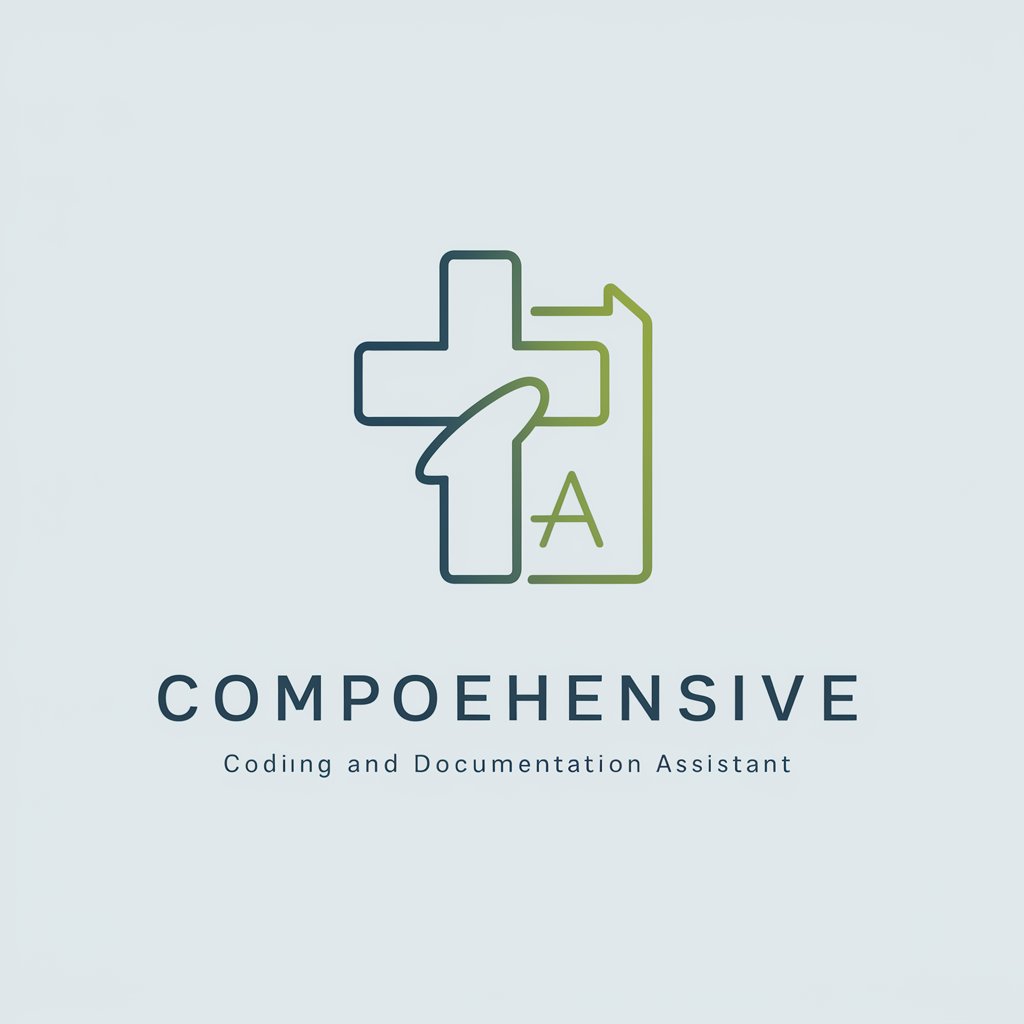
Design Assistant
Empowering UX design with AI

G
Elevate Your Game with AI-Powered Strategies
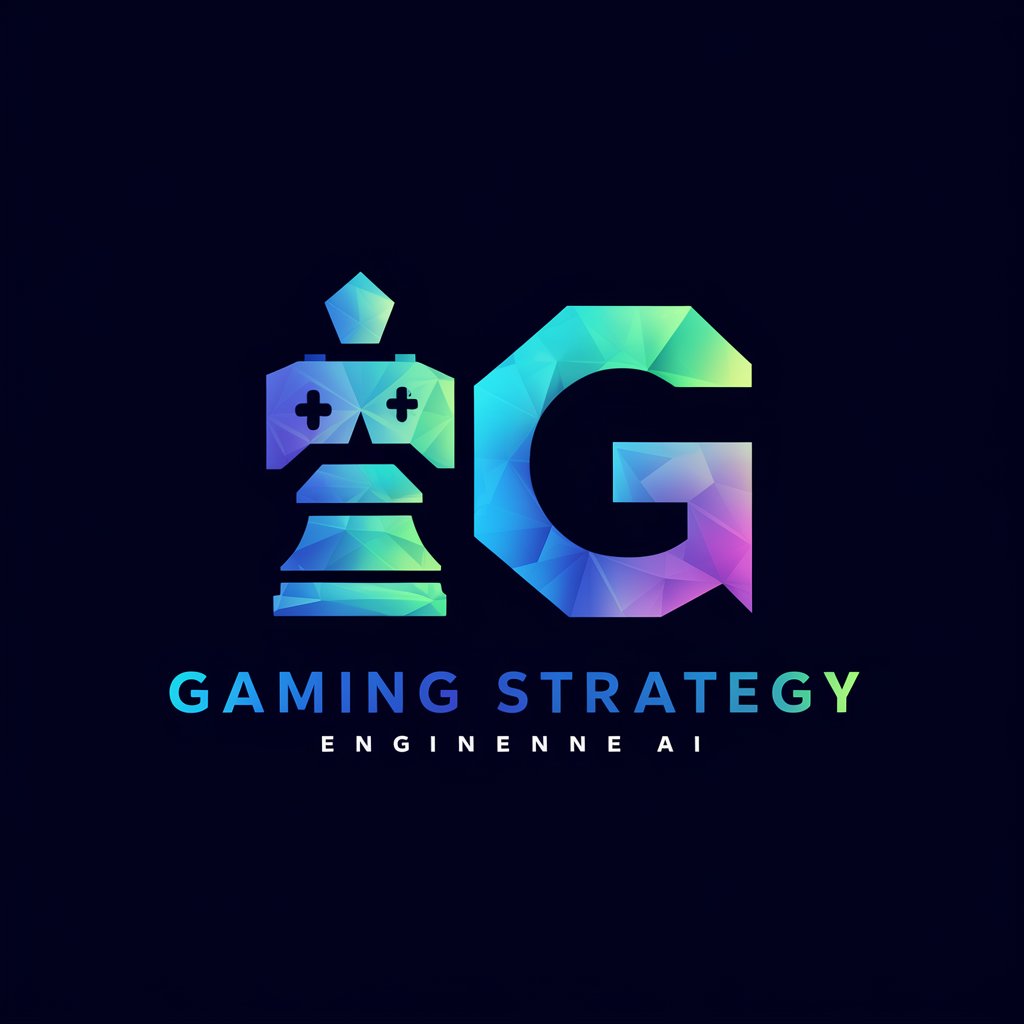
Card Games Guide and Recommendations
Empowering your card game journey with AI.

INSPECTEO GPT
Empowering Compliance with AI

SimpleOnGPT4
Simplifying SEO with AI

Grayscale image converter
Transform colors to shades with AI

iOS App Creation Assistant
Empowering iOS app development with AI
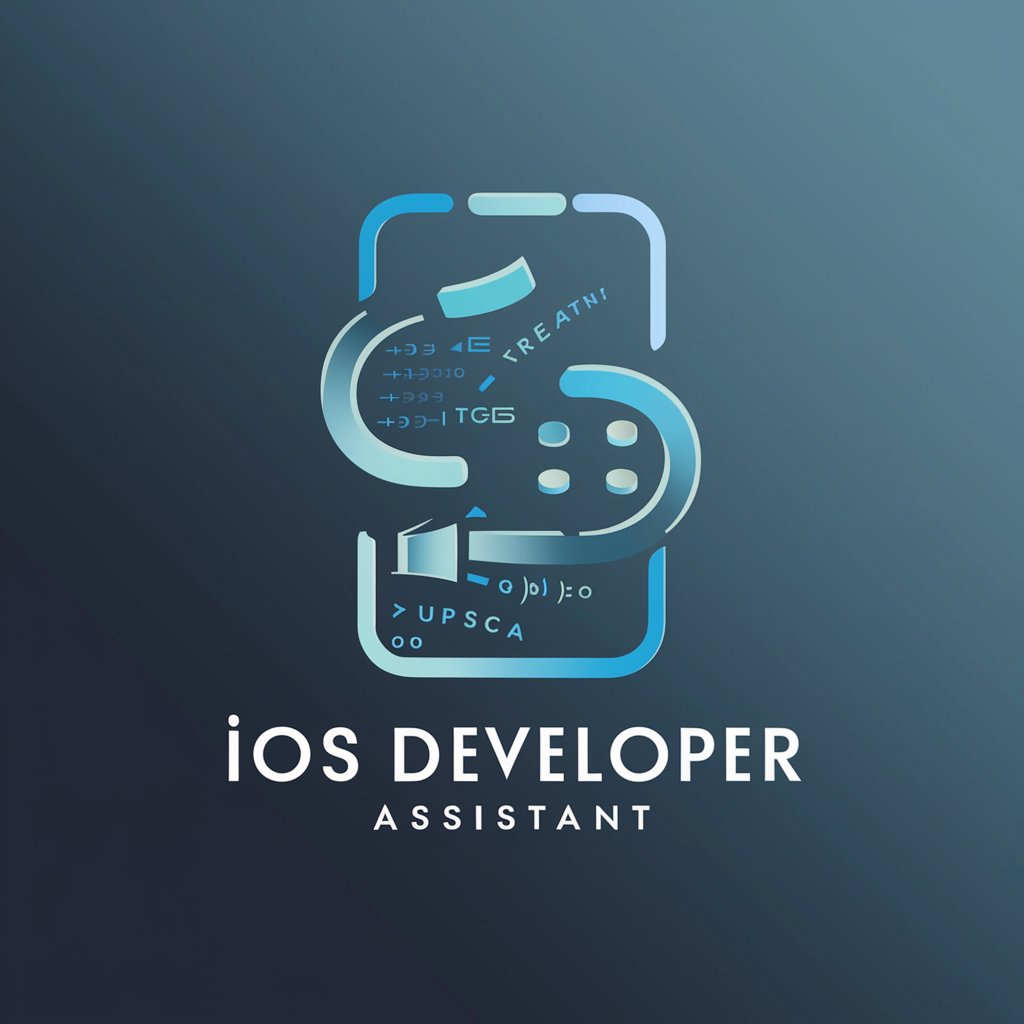
What does MBTI say? (MBTI怎么说)
Decipher Personalities with AI Precision
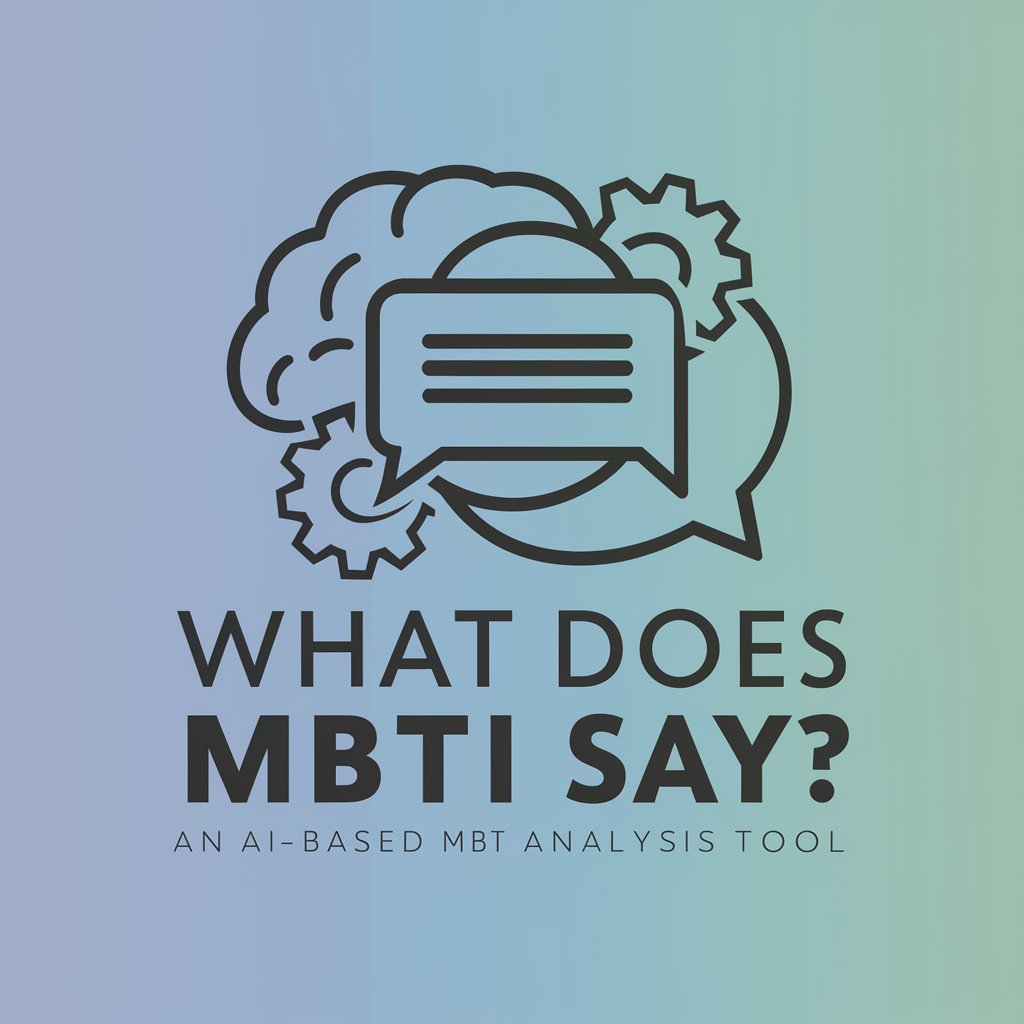
AI HR Advisor CONECTIO
Empowering HR with AI Insights

Frequently Asked Questions about AI for Medical Imaging GPT
What is AI for Medical Imaging GPT?
AI for Medical Imaging GPT is an advanced tool that leverages artificial intelligence to assist with the analysis, interpretation, and augmentation of medical images. It utilizes machine learning algorithms to provide support for diagnosis, research, and educational purposes.
How can AI improve medical imaging analysis?
AI can significantly enhance medical imaging analysis by increasing accuracy, reducing diagnosis time, and identifying patterns or anomalies that may be overlooked by human eyes. It can also automate repetitive tasks, allowing healthcare professionals to focus on critical decision-making.
Can AI for Medical Imaging GPT be used for teaching?
Yes, it can serve as an educational tool by providing case studies, explaining complex imaging techniques, and offering insights into pathology recognition and diagnosis strategies, making it invaluable for students and professionals alike.
What types of medical images can AI for Medical Imaging GPT analyze?
It is capable of analyzing a wide range of medical images, including X-rays, MRI scans, CT scans, and ultrasound images, supporting various modalities in radiology and other specialties.
How does AI ensure privacy and security in medical imaging?
AI for Medical Imaging GPT adheres to stringent data protection regulations and employs encryption and anonymization techniques to ensure the privacy and security of medical images and patient information.
